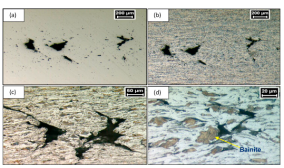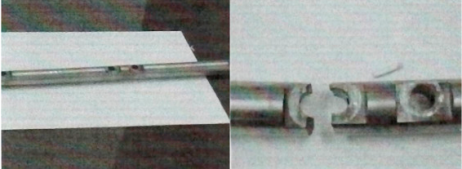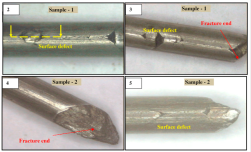 A case study published in « Case Studies in Engineering Failure Analysis« , on january 2013.
A case study published in « Case Studies in Engineering Failure Analysis« , on january 2013.
Central bursting cause problem as it is hard to detect by means of surface check. In this paper, three broken wires which failed during production were investigated. In first two wires breakage took place due to formation of hard and brittle phase. In third case failure took place due to inappropriate drawing operations.


